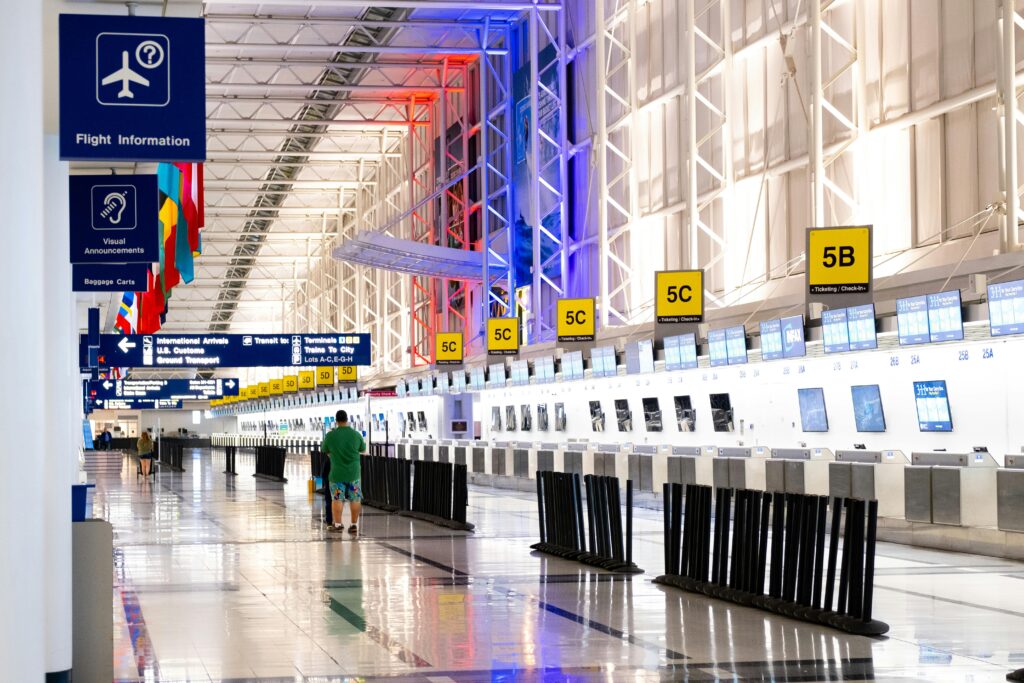Airports aren’t just runways and gates anymore. They’re the space between goodbye and hello for billions of people. They connect the entire world with an endless stream of foot traffic for security teams to account for, with 9.5 billion global travelers recorded last year alone. This number is higher than the estimated current global population. That’s a lot of people! These high-traffic hubs are only getting busier. But while all this movement is great for global travel and commerce, it also presents a real challenge for security operations trying to keep up.
Every day, airports navigate a complex environment teeming with unknown individuals and activities. High passenger volumes and expansive terminals can obscure potential threats, making it difficult for security personnel to identify individuals exhibiting suspicious behaviors. Crowded spaces not only strain resources but also provide opportunities for illicit activities to go unnoticed. That’s where correlated data saves the day.
Harnessing Data for Proactive Security
In airport security, the backbone of your operation isn’t the number of high-tech systems and solutions you can add to your portfolio to strengthen your security posture, but leveraging the data you generate with the solutions you already have to operate more efficiently. Integrating surveillance, access control, and data analytics into a cohesive system allows for real-time monitoring and quicker response times.
Such integration enables security teams to focus on genuine threats, streamlining operations, and enhancing overall safety. But what happens when security teams are overwhelmed with an influx of security data from their collection of integrated solutions? Spoiler alert: they fall behind, and threats slip through the cracks. Centralizing these integrated systems into a single, user-friendly console allows security teams to get the most out of their data.
Why Correlation Matters
When data streams from surveillance, access control, and analytics are scattered across different platforms, security personnel can find themselves juggling multiple interfaces, leading to delays and potential oversights. By consolidating these streams into one unified system, airports can break down silos that traditionally limit visibility, providing security personnel with a complete picture of the airport’s operations. Unifying platforms like Control offer a streamlined interface, enabling operators to manage data sources from various systems, all within a single, intuitive application, ensuring the information they need to maintain a safe environment is all in one place.
Additionally, centralizing systems allows security teams to get ahead of potential security threats by empowering them to use collected data proactively, preventing incidents before they occur. By analyzing patterns and anomalies in passenger behavior, baggage handling, and access logs, correlated systems empower security teams to leverage their data to identify potential risks, allowing for proactive measures rather than reactive responses.
So… Are You Making the Most of It?
Security teams already manage tons of data. The trick is knowing how to put it to work for you. Connecting the dots between systems, finding patterns, and staying alert without stretching staff too thin isn’t just possible — it’s necessary. The right tools make it easier to rise above the noise, catch what matters, and create a safe environment for billions of people to begin and end their everyday travels and their once-in-a-lifetime adventures.
Is your airport an everyday travel hub for billions, or is it a safe, welcoming launchpad to the rest of the world? The answers might be right there in your data.




